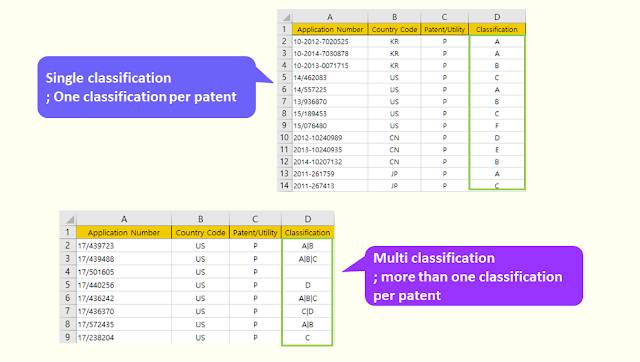Have you heard of the Apple Car, a car made by Apple?
The
Apple Car, which is expected to be launched as a fully autonomous vehicle, has
almost everything under the veil. It is known that development began in 2014,
but first official mention was made in 2021. As Apple has been leading the
trend, many people wondered what the car would look like. Let's predict what
the Apple Car will look like through the patents that Apple has applied for.
A technology patent that can control the transparency of a glass window,
As
Apple showed its own sensibility and design innovation for each product, many
people are looking forward to cars as well. Numerous images searched for ‘apple
car design’ are all projected images, so each one shows a different look. But
among the different elements, there is one thing in common. That is, it adopts
a panoramic sunroof. The reason why the panoramic sunroof was applied to all
the projected images is thought to be due to the movable panel assembly patent
(US11235701 B1) registered by Apple in February. Looking at this patent, not
only it can be opened and closed, but also the amount of light can be adjusted
by changing the glass transparency of the sunroof according to the driver's
operation.
Smart key patent for vehicle control,
Looking
at the mobile key user interface (US 17/222568) patent filed by Apple in April
of last year, it seems that a smart key that can even control the vehicle will
be applied to the Apple car, unlike the existing car key. The drawings in the
patent include information on how to control a vehicle with an iPhone. It is
expected that the iPhone will be used as the key to the Apple Car as it is
compatible with Apple products such as iPhone, iPad, and MacBook. This patent
not only controls the vehicle, but also includes a technology that activates
the vehicle's lock when the driver drinks alcohol.
US 17/222568, 'Mobile key user interfaces'
Siri
is a personal assistant application that works on Apple's smart devices. The
biggest advantage is understanding the core of the command by grasping the
entire context. Looking at the patent (us 17/576790) for guiding autonomous vehicles
around destinations using intention signals published last May, it seems that
it will provide a navigation function using Siri. You can set the destination
through voice command, and you can get off by specifying the point where the
driver wants to get off. This patent was first filed in 2019, but it appears
that it has since been applied again with updated technology.
Driving with gesture,
Ultimately,
Apple is aiming to develop a fully autonomous vehicle that has no controls such
as steering wheel and pedals. So, we came up with a way to steer the vehicle
with just hand gestures. If you look at the patented gesture-based autonomous
driving vehicle (US 10913463 B) registered in February of last year, you can
change the driving direction of the vehicle with just a gesture. However, since
only basic commands such as changing lanes or parking directions are available,
it is thought that it will take time for the actual technology to be applied.
It's unclear whether the technology will be implemented in Apple's cars, which
are targeted for launch in 2025.
Apple car raises expectations,
Last
year, Apple had negotiated with several automakers around the world on vehicle
production, but news broke that they had failed. In addition, a large number of
key personnel left, such as Doug Field, who led the Apple Car project, moved to
Ford, and Joe Bass, who was in charge of autonomous driving system engineering,
resigned. However, Apple is not only continuously applying for and automobile-related
patents, but also decided to cooperate with a Korean company to develop the
sensor part of the DCU (integrated control unit) that controls all functions of
an autonomous vehicle with a single OS. As rumors that the companies Foxconn
and Luxshare are preparing to produce cars, consumers' expectations are
increasing. How innovative the Apple Car, which is being developed with the aim
of launching in 2025, will stand in front of us, as everything is still in the
veil, I think we will have to wait a little longer.




























